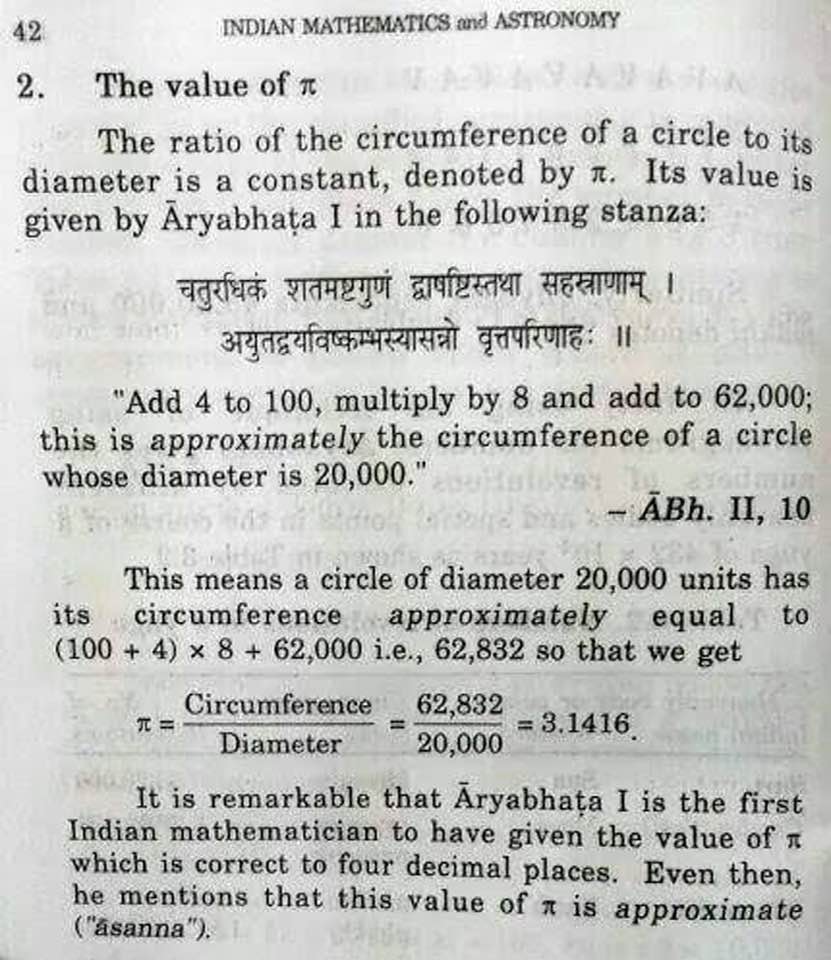Some of us have tried popular AI tools for this math problem (and similar ones), but the results often came out bizarre - yielding explanations/solutions that are laughably absurd, camouflaged in technical-sounding language that ultimately translates to nonsensical gibberish.
However, the responses from Grok by Vautuvan ji take it a step above - using nonsensical 'technical mathematical' language to spit out easy-to-check wrong answers, thus demonstrating a staggering lack of mathematical understanding.
For example - A glaring example is the claim that
.... easy to check using basic math that it is wrong!!! . Yet, the response boasts of a "systematic approach" despite being utterly wrong!Vayutuvan wrote: ↑12 Jan 2025 05:02 Grok:My prompt: What are a, b, and c whole numbers where a^3 + b^3 = (c^3) * 313^2?
Grok Answer:
Let's look for simple cases where a, b, and c are could small whole numbers.
1. If c =1, a^3 + b^3 = 97969 ...
[Skipping lot of pointless parts using impressive but meaningless/unhelpful language]
A systematic approach would require checking numerous combinations or using computational tools. However:
One known solution is: a=426, b=465, c=321..
...
This problem requires a significant amount of computational power or a deep dive into number theory for more solutions. Therefore, one known set of
...
Finding other solutions would involve further mathematical exploration or computational searching.
Vayutuvan wrote: ↑12 Jan 2025 05:07Another solution
(927,496,616)
...
Finding all solutions would require an exhaustive search or a deep dive into number theory, possibly involving elliptic curves or other advanced algebraic techniques. If you have access to computational resources or know of specific algorithms for such problems, you could explore further.
This pattern continues with subsequent "solutions" that are equally flawed, (and easy to check with basic math) accompanied by outlandish claims of mathematical expertise.
-/sigh/ -
Then it also mentions a "computational solution" with programming code (a novice programmer can produce such a 'code' , begging the question: why not utilize this code to derive at least one correct solution?
With all that .. it presents NO solutions (which is easy to verify) with, IMO zero mathematical insight.
So, when all said and done, is there a solution - which can be easily checked with ordinary math?


